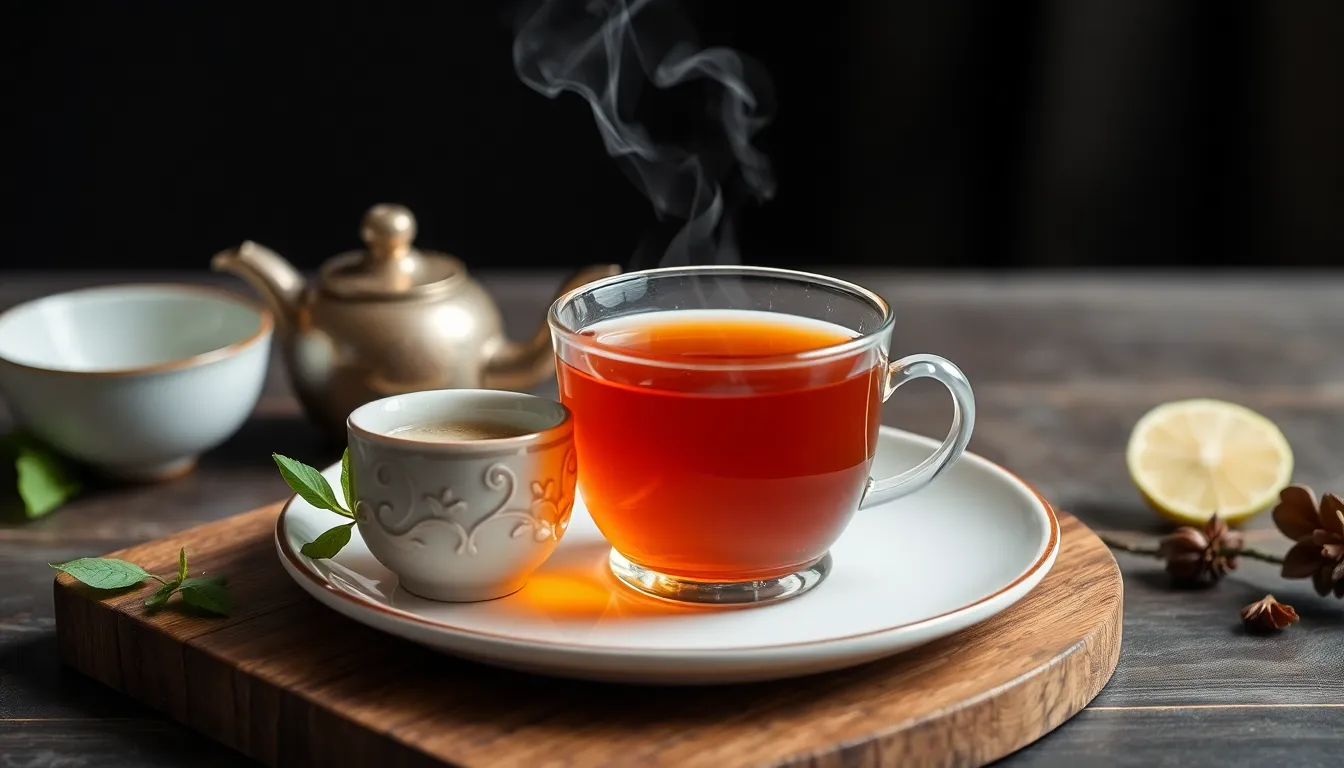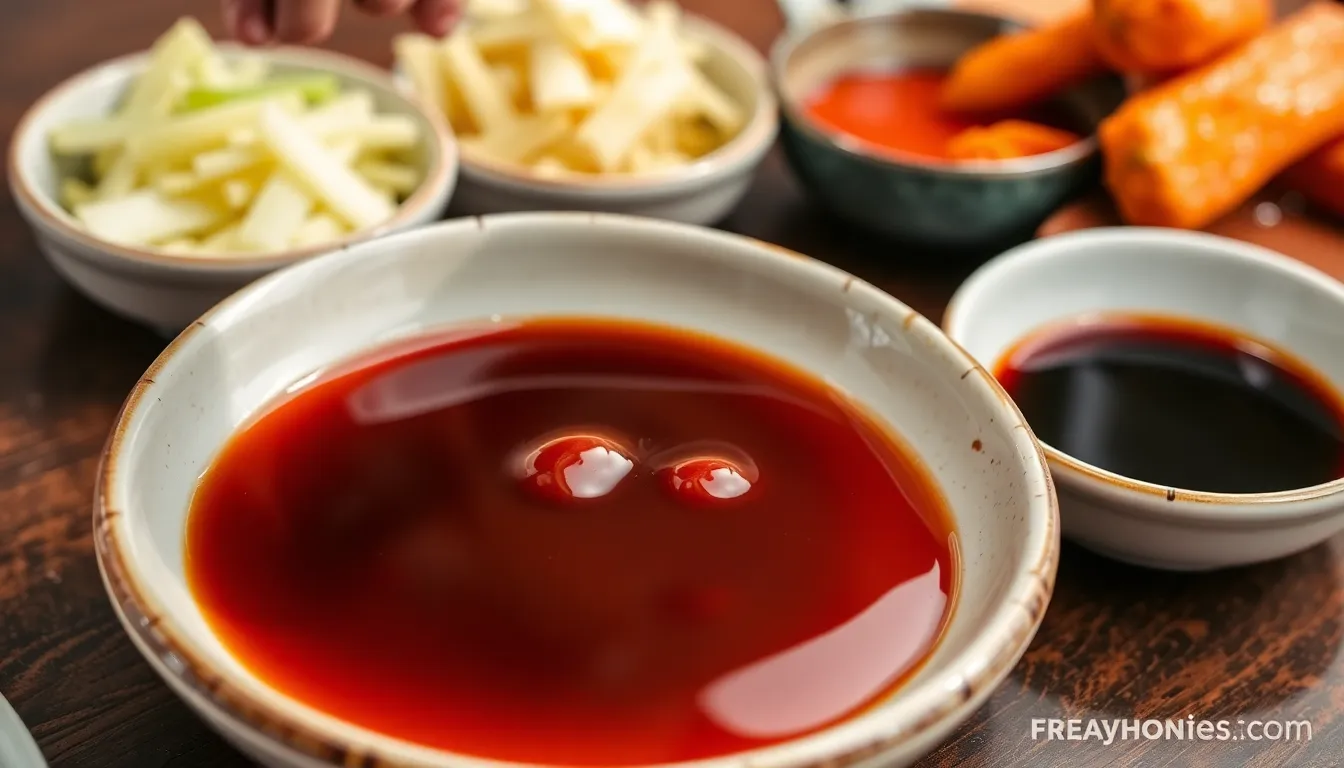Mastering the Wok: The Ultimate Guide to Stir-Frying Like a Pro
Introduction: Unleashing the Power of the Wok
The wok, a culinary masterpiece originating from China, has been a staple in kitchens for centuries. Its unique shape and versatility have made it a beloved tool not only in Asian cooking but also across the globe. Historically, the wok was designed for efficiency, allowing cooks to prepare meals quickly while preserving nutrients and flavors.
Stir-frying, the technique most commonly associated with the wok, is celebrated for its ability to create vibrant, flavorful dishes in a matter of minutes. This cooking method maximizes the natural flavors of ingredients through high-heat cooking, making it an essential skill for both novice and experienced chefs.
This comprehensive guide aims to equip you with the skills necessary to stir-fry like a professional chef. From choosing the right wok to mastering cooking techniques and building flavor profiles, you will be well on your way to becoming a stir-frying virtuoso.
Section 1: Choosing Your Wok: A Culinary Essential
1.1 Types of Woks: Find Your Perfect Match
When it comes to woks, the options can be overwhelming. Here’s a breakdown of the most common types:
- Carbon Steel Woks:
- Pros: Excellent heat conductivity, lightweight, develops a natural non-stick surface when seasoned
- Cons: Requires regular seasoning, prone to rust if not properly maintained
- Non-Stick Woks:
- Pros: Easy to clean, requires less oil, great for beginners
- Cons: Less authentic, can scratch easily, not suitable for high-heat cooking
- Cast Iron Woks:
- Pros: Retains heat exceptionally well, adds depth of flavor, very durable
- Cons: Heavy, takes longer to heat up, requires seasoning
1.2 Essential Wok Accessories: Gear Up!
To make the most of your stir-frying adventures, you’ll need some essential tools and utensils:
- Wok spatula
- Wok lid
- Long-handled tongs
- Heat-resistant silicone spatula
- Cutting board
- Knife
- Measuring cups and spoons
| Accessory | Use |
|---|---|
| Wok Spatula | For stirring and tossing ingredients without scratching the wok |
| Wok Lid | To cover and steam ingredients when necessary |
| Long-Handled Tongs | For turning and serving food safely |
| Heat-Resistant Silicone Spatula | For gentle mixing without damaging non-stick surfaces |
| Cutting Board | For prep work before cooking |
| Knife | For chopping ingredients into bite-sized pieces |
| Measuring Cups and Spoons | For precise ingredient measurement to ensure balanced flavors |
Section 2: The Art of Stir-Frying: Techniques to Master
2.1 Preparing Ingredients: The Foundation of Flavor
The first step to successful stir-frying is meticulous preparation, often referred to as mise en place. This French term translates to everything in its place, emphasizing the importance of having all ingredients ready before you start cooking.
Here are some essential tips:
- Cut ingredients into uniform sizes to ensure even cooking.
- Marinate proteins for at least 15-30 minutes before cooking for enhanced flavors.
- Have your sauces and seasonings measured and ready to go.
2.2 Heat Control: The Secret to Perfect Stir-Fry
Heat control is crucial when stir-frying. The key is to maintain high heat for a short duration to achieve that perfect sear without overcooking. Here’s how:
- Use a burner that can accommodate your wok size and heat it until it’s smoking.
- Keep your ingredients dry to achieve better browning and prevent steaming.
- Monitor the heat during cooking; adjust as necessary to avoid burning.
2.3 Stir-Frying Techniques: From Tossing to Folding
Mastering various stir-frying techniques can help you elevate your cooking game:
- Tossing: A quick method of mixing and cooking ingredients while keeping them airborne.
- Folding: Gently incorporating delicate ingredients like greens to prevent wilting.
- Searing: Cooking protein over high heat to create a caramelized crust.
For visual aids, consider checking online video tutorials that demonstrate these techniques in action, enhancing your understanding and confidence in the kitchen.
Section 3: Flavor Profiles: Elevate Your Dishes
3.1 Building a Flavor Base: Sauces and Seasonings
A flavorful stir-fry starts with a well-crafted sauce. Here’s a brief overview of traditional stir-fry sauces and their components:
- Soy Sauce: A staple for umami flavor.
- Oyster Sauce: Adds sweetness and depth.
- Hoisin Sauce: Provides a sweet and tangy kick.
- Sesame Oil: A finishing oil for a nutty aroma.
| Sauce | Key Ingredients |
|---|---|
| Soy Sauce | Soybeans, wheat, salt, and fermentation |
| Oyster Sauce | Oyster extract, soy sauce, and caramel |
| Hoisin Sauce | Fermented soybeans, vinegar, sugar, and spices |
| Sesame Oil | Pressed sesame seeds |
3.2 Ingredient Pairing: What Goes Well Together?
Balancing flavors and textures is key to a successful stir-fry. Here are tips for pairing:
- Choose a protein: chicken, beef, shrimp, or tofu.
- Incorporate vibrant vegetables: bell peppers, broccoli, snap peas.
- Add grains: jasmine rice, quinoa, or noodles for a complete meal.
Explore seasonal and regional variations by incorporating local produce and favorite spices that resonate with your culinary roots.
Section 4: Stir-Frying Staples: Recipes to Get You Started
4.1 Classic Stir-Fry Recipes: Timeless Favorites
Here’s a selection of easy-to-follow recipes for beginners:
Beef and Broccoli Stir-Fry
Ingredients:
- 1 lb flank steak, sliced thinly
- 2 cups broccoli florets
- 3 cloves garlic, minced
- 2 tbsp soy sauce
- 1 tbsp oyster sauce
- 1 tbsp cornstarch mixed with 2 tbsp water
Instructions:
- Heat your wok and add oil.
- Sear the beef until browned, remove from the wok.
- Add broccoli and garlic, stir-frying until tender.
- Return beef to the wok, add sauces and cornstarch mixture.
- Cook until thickened and serve with rice.
Chicken Chow Mein
Ingredients:
- 1 lb chicken breast, sliced
- 1 onion, sliced
- 2 cups bean sprouts
- 3 tbsp soy sauce
- 2 tsp sesame oil
- Chow mein noodles
Instructions:
- Cook chow mein noodles according to package.
- In the hot wok, sauté chicken until cooked through.
- Add onions and bean sprouts, cooking until softened.
- Add noodles, soy sauce, and sesame oil, tossing to combine.
Vegetable Stir-Fry
Ingredients:
- 2 cups mixed vegetables (bell peppers, carrots, snow peas)
- 2 cloves garlic, minced
- 2 tbsp soy sauce
- 1 tsp ginger, minced
- 1 tbsp vegetable oil
Instructions:
- Heat oil in the wok, add garlic and ginger.
- Add vegetables and stir-fry until vibrant and tender.
- Stir in soy sauce; serve with rice or noodles.
4.2 Creative Stir-Fry Ideas: Think Outside the Box
For those looking to innovate, here are some unique stir-fry ideas:
- Thai Basil Stir-Fry: Incorporate Thai basil, bell peppers, and your choice of protein with a spicy chili sauce.
- Peanut Butter Tofu Stir-Fry: Use peanut butter sauce with sautéed tofu and vibrant vegetables.
- Spicy Mango Chicken Stir-Fry: Combine fresh mango, chicken, and a spicy sauce for a tropical twist.
Section 5: Troubleshooting Common Stir-Frying Mistakes
5.1 Overcoming Challenges: Tips for Perfecting Your Technique
Even the best chefs face challenges in the kitchen. Here are some common pitfalls in stir-frying and how to avoid them:
- Sogginess: Ensure ingredients are dry and avoid overcrowding the wok.
- Uneven Cooking: Cut ingredients to similar sizes and cook in batches if necessary.
- Lack of Flavor: Don’t skimp on seasoning and always taste as you go!
Section 6: Conclusion: Your Journey to Wok Mastery
In this guide, we’ve explored the history of the wok, the types you can choose from, essential accessories, and the art of stir-frying. You’ve learned how to prepare ingredients, control heat, and build flavor profiles that elevate your dishes. Remember the importance of practice—experiment with new recipes and techniques to refine your skills.
Don’t hesitate to share your experiences, challenges, and triumphs in the comments section below. Happy cooking, and may your wok always be hot!
Additional Resources




